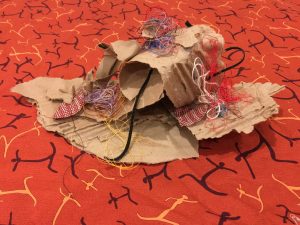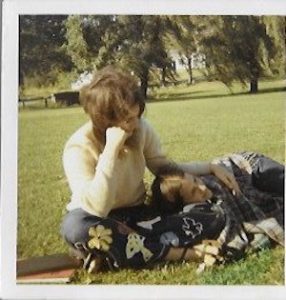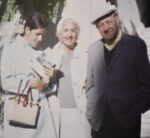
According to Tsoknyi Rinpoche, a most beloved contemporary Tibetan Buddhist meditation masters, to have an open heart and open mind we must develop a deeper understanding of the patterns that drive our thoughts, feelings and behaviors. Then we will not so easily surrender to the impulse to blindly follow them.
I happened to be reading his book, Open Heart, Open Mind: Awakening the Power of the Essence Love, as I was crossing the International Dateline around the Bering Straits on my way to Tokyo to teach a class on Images. (The Pathwork terms for false beliefs and conclusions formed in early childhood.)
Tsoknyi Rinpoche continues to say that patterns are hard to change, especially the ones that are embedded in our unconscious or even our pre-verbal nervous systems. This reminds me of Pathwork Lecture #201, which I am preparing to teach. It talks about the negative force field that images create as they go unexamined. The lectures defines images as a “force field of distorted ideas”. “… it is like a deeply imprinted motor mechanism set in motion with great energy. Thus a stronger energy is required to deactivate this motor force and change the negative force field into a positive one.”
After going through the hard work of uncovering your patterns or images, Rinpoche suggests a mantra, which is a time honored method of talking to your thoughts and feelings. Sometimes called prayer, it is a means of opening up a conversation between the heart and the mind. His mantra is a simple four word phrase: Real, But Not True.…




